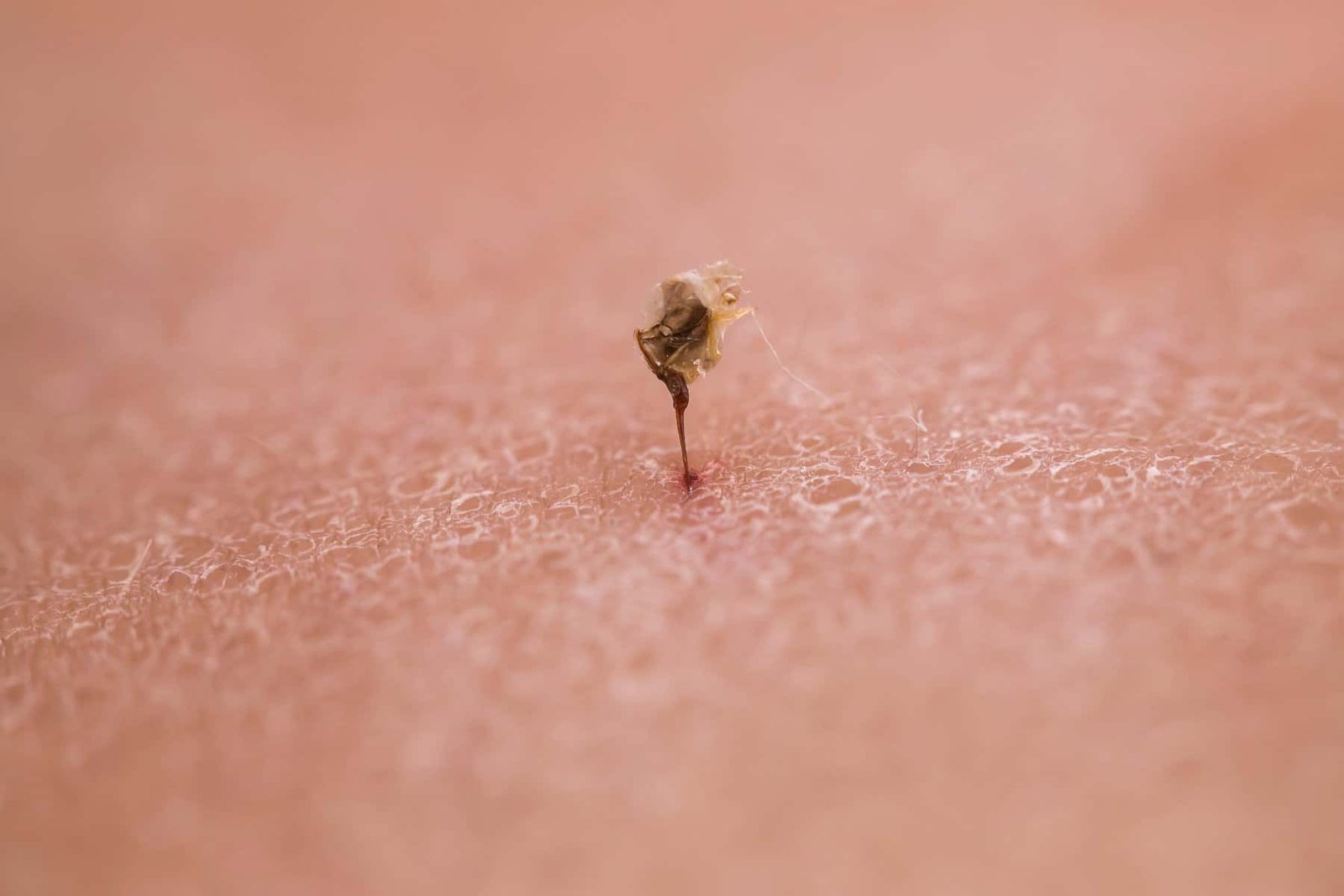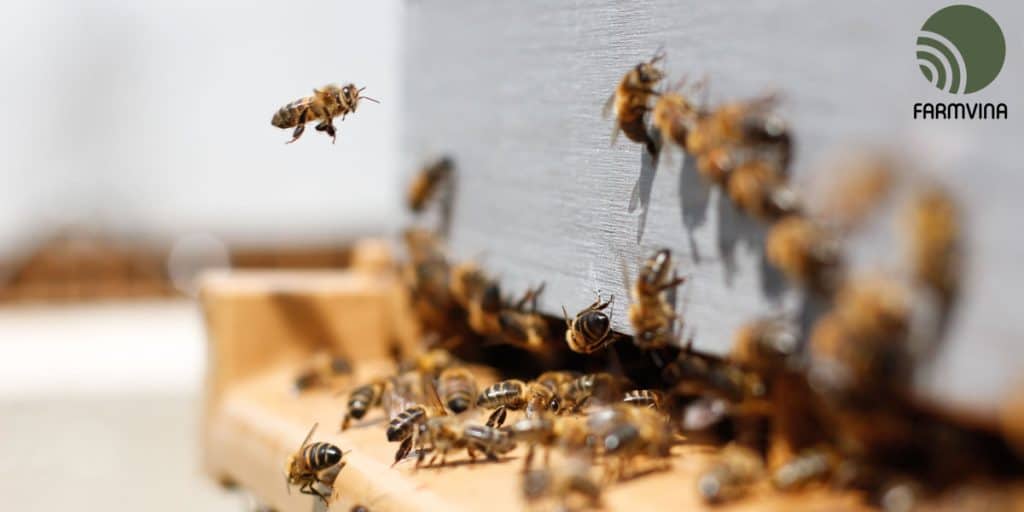Understanding bee sting allergies involves recognizing symptoms such as swelling, itching, difficulty breathing, or anaphylaxis, and treatments may include immediate removal of the stinger, applying ice or antihistamines, and in severe cases, administering epinephrine and seeking medical attention.
The Sting of the Bee: Understanding Allergic Reactions and Treatment Options
Bee sting allergies, also known as hymenoptera venom allergy, occur when an individual has an allergic reaction to the venom injected by bees. While most people experience only mild reactions to bee stings, such as pain, redness, and swelling at the site of the sting, others may have a more severe allergic response. Bee sting allergies are relatively common, affecting approximately 3% of the population.
How Bee Stings Trigger Allergic Reactions
When a bee stings, it injects venom into the skin. This venom contains various proteins that can trigger an immune response in some individuals. In a normal reaction, the immune system recognizes these proteins as foreign and produces antibodies to neutralize them. However, in individuals with bee sting allergies, the immune system overreacts to the venom proteins, leading to an allergic reaction.
Symptoms of Bee Sting Allergies
Bee sting allergies can manifest in different ways, depending on the individual and the severity of the allergy. Localized reactions are the most common and typically involve pain, redness, swelling, and itching at the site of the sting. These symptoms usually resolve within a few hours or days.
Systemic reactions occur when the allergic response spreads beyond the site of the sting. Symptoms may include hives, itching or swelling in other parts of the body, difficulty breathing or swallowing, dizziness, and nausea. Systemic reactions can be more serious and require immediate medical attention.
Delayed reactions are less common but can occur hours or even days after a bee sting. These reactions may involve symptoms such as fever, joint pain, fatigue, and swollen lymph nodes. It is important to note that delayed reactions can be severe and should not be ignored.
Anaphylaxis: A Life-Threatening Bee Sting Reaction
Anaphylaxis is a severe and potentially life-threatening allergic reaction that can occur after a bee sting. It is characterized by a sudden and rapid onset of symptoms that affect multiple systems in the body. Symptoms of anaphylaxis may include difficulty breathing, wheezing, swelling of the throat or tongue, rapid heartbeat, low blood pressure, dizziness, and loss of consciousness.
Anaphylaxis is a medical emergency and requires immediate treatment. If someone is experiencing anaphylaxis after a bee sting, it is important to call for emergency medical help and administer epinephrine if available. Epinephrine helps to reverse the symptoms of anaphylaxis and can be administered using an auto-injector.
Who is at Risk for Bee Sting Allergies?
Certain factors can increase the risk of developing bee sting allergies. Genetic factors play a role, as individuals with a family history of allergies are more likely to have an allergic reaction to bee stings. Previous allergic reactions to bee stings also increase the risk of future allergies.
Occupation and hobbies can also contribute to the risk of bee sting allergies. People who work outdoors or spend a lot of time in nature, such as farmers, gardeners, and beekeepers, are more likely to be exposed to bees and therefore have a higher risk of developing allergies.
Diagnosis of Bee Sting Allergies
If you suspect that you have a bee sting allergy, it is important to seek medical attention for a proper diagnosis. Allergy specialists can perform various tests to determine if you are allergic to bee venom.
Skin tests involve applying small amounts of venom extract to the skin and observing for a reaction. If you are allergic, you may develop redness, swelling, or itching at the site of the test.
Blood tests can measure the levels of specific antibodies in your blood that are associated with bee sting allergies. These tests can help confirm a diagnosis and determine the severity of the allergy.
Challenge tests may be performed in some cases where the diagnosis is uncertain. During a challenge test, you are exposed to a small amount of bee venom under medical supervision to see if you have an allergic reaction.
Preventing Bee Sting Allergies
While it may not be possible to completely prevent bee stings, there are steps you can take to reduce your risk of an allergic reaction. Avoiding areas where bees are present, such as flower gardens or beehives, can help minimize your exposure. If you do encounter bees, it is important to remain calm and avoid swatting at them, as this can provoke them to sting.
Wearing protective clothing, such as long sleeves and pants, can provide an additional barrier against bee stings. It is also recommended to wear closed-toe shoes and avoid wearing bright colors or floral prints, as these can attract bees.
Carrying a bee sting kit, which typically includes an epinephrine auto-injector, antihistamines, and corticosteroids, can be life-saving in the event of an allergic reaction. These kits should be easily accessible and individuals with bee sting allergies should be trained on how to use them.
Emergency Treatment for Bee Sting Allergies
In the event of a severe allergic reaction to a bee sting, emergency treatment is crucial. Epinephrine auto-injectors, such as EpiPen or Auvi-Q, are the first-line treatment for anaphylaxis. These devices deliver a dose of epinephrine, which helps to reverse the symptoms of an allergic reaction and buy time until emergency medical help arrives.
It is important to call for emergency medical help immediately after administering epinephrine. Even if symptoms improve after using the auto-injector, it is still necessary to seek medical attention as soon as possible.
If someone is experiencing anaphylaxis and becomes unconscious or stops breathing, cardiopulmonary resuscitation (CPR) may be necessary. CPR involves chest compressions and rescue breaths to maintain blood flow and oxygenation until medical professionals arrive.
Medications for Bee Sting Allergies
In addition to epinephrine, other medications may be used to manage the symptoms of bee sting allergies. Antihistamines, such as diphenhydramine or cetirizine, can help relieve itching, hives, and other allergic symptoms. Corticosteroids, such as prednisone, may be prescribed to reduce inflammation and prevent delayed reactions.
Beta-agonists, such as albuterol, may be used to relieve bronchospasm and improve breathing in individuals with respiratory symptoms. These medications are typically administered through an inhaler or nebulizer.
Immunotherapy: Long-Term Treatment for Bee Sting Allergies
Immunotherapy, also known as allergy shots, is a long-term treatment option for bee sting allergies. It involves receiving regular injections of gradually increasing amounts of bee venom over a period of several years. The goal of immunotherapy is to desensitize the immune system to the venom and reduce the severity of allergic reactions.
Immunotherapy is typically recommended for individuals with a history of severe allergic reactions or those who are at high risk of future reactions. It can significantly reduce the risk of anaphylaxis and improve quality of life for those with bee sting allergies.
Living with Bee Sting Allergies: Tips and Precautions
Living with bee sting allergies requires taking certain precautions to minimize the risk of allergic reactions. It is important to carry an epinephrine auto-injector at all times and know how to use it. Informing others about your allergy, including family members, friends, and coworkers, can help ensure that they are aware of the potential risks and can assist in an emergency.
Avoiding triggers, such as areas where bees are present or certain outdoor activities, can help reduce the risk of bee stings. It may also be helpful to wear a medical alert bracelet or necklace that indicates your bee sting allergy.
Bee sting allergies can be serious and potentially life-threatening. It is important to seek medical attention if you suspect that you have a bee sting allergy. Diagnosis and proper management are crucial in preventing severe allergic reactions. By taking precautions, carrying necessary medications, and seeking appropriate treatment, individuals with bee sting allergies can live safely and confidently.






